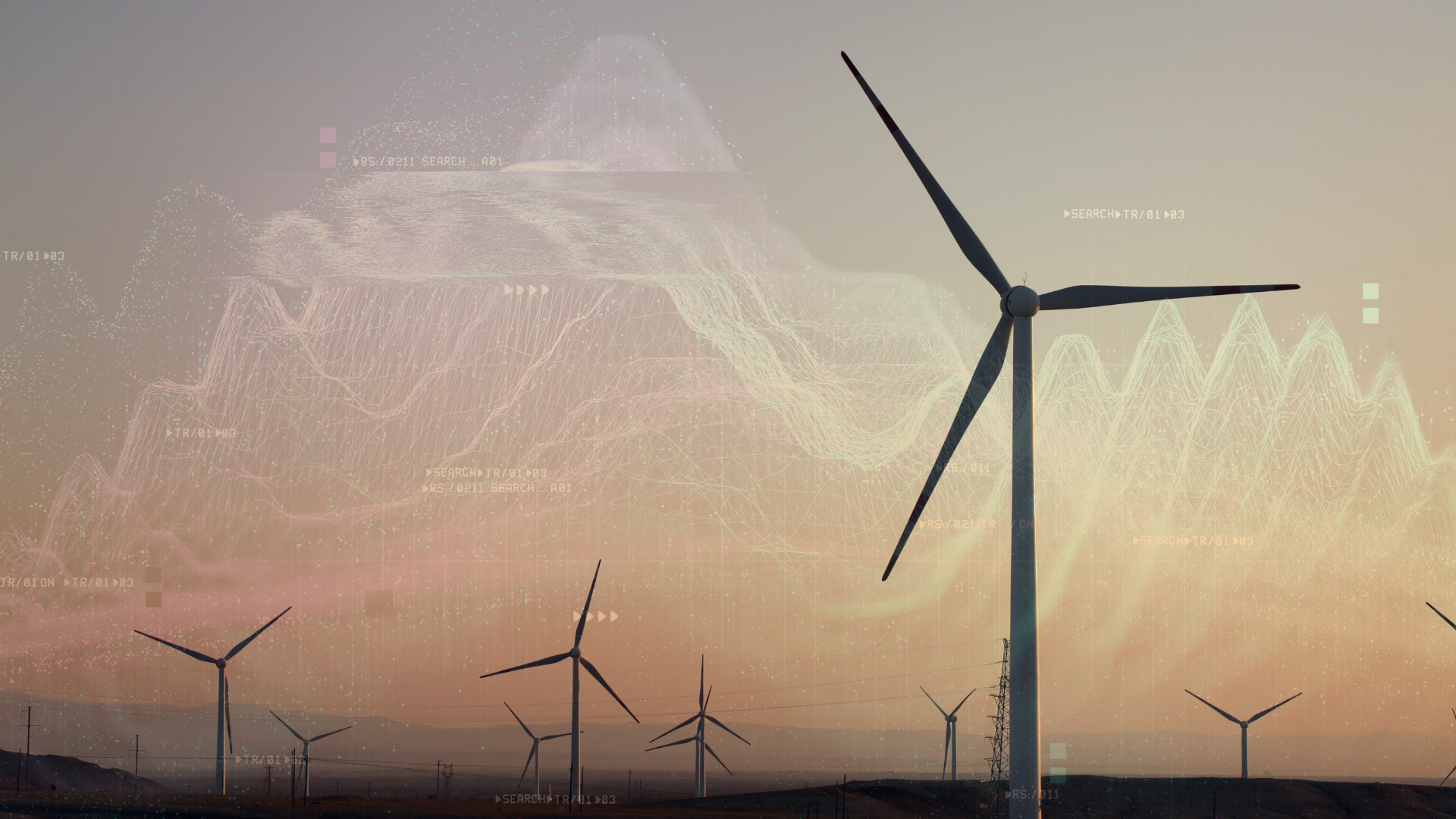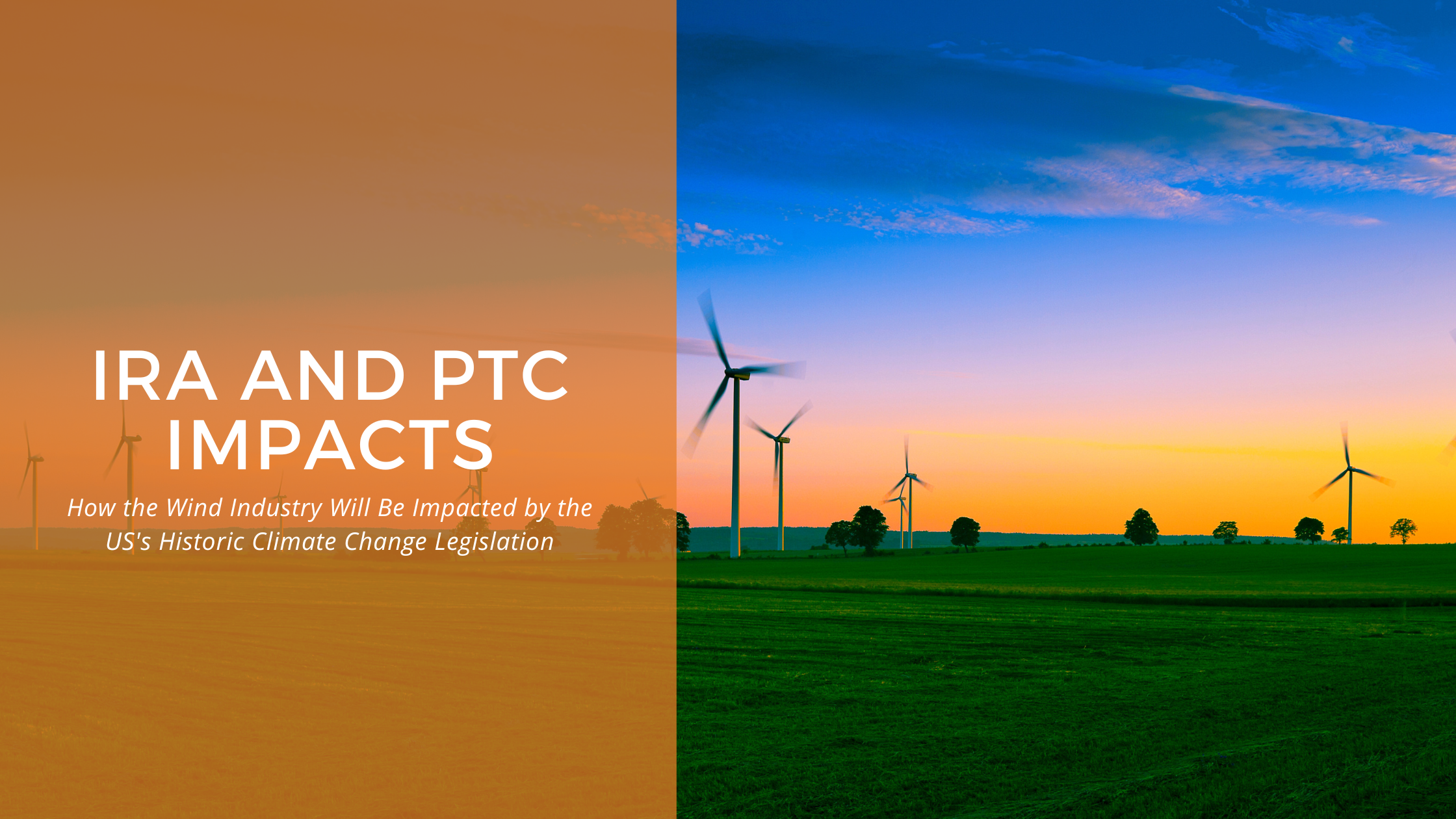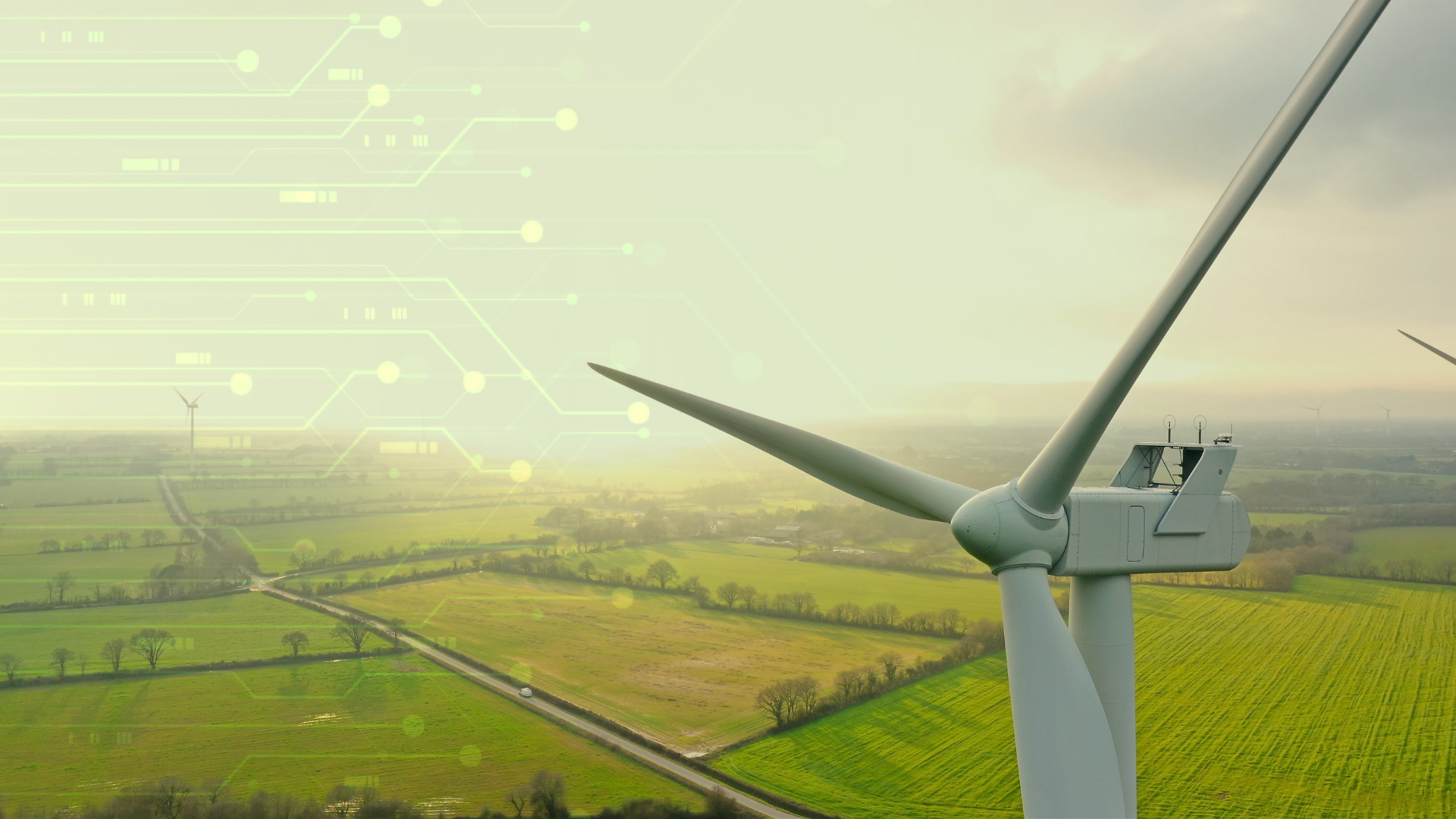2 min read
Keep Your Plant Competitive With High-Speed Wind Data
Your wind plant's data hides valuable insights which, when unlocked, can be used to improve annual energy production (AEP) and drive revenue...
The lack of data standardization in the wind energy industry is slowing digital innovation. Operators are spending an immense amount of time collecting and trying to understand their data—and without the tools to analyze it and make actionable decisions, this time is often wasted.
With power prices falling globally and reduced operating margins, wind plant owners and operators need to spend less time on compiling their data and more time on actionable steps to improve AEP.
Data standardization is a key step for wind farms to produce energy at their full potential.
The physical design of wind turbines is already well standardized. The wind industry is regulated by stringent standards regarding the design and manufacture of turbines. These standards boost confidence in the turbine’s structural integrity, especially when there is a third party to certify compliance with industry standards.
Design standards also ensure compatibility. Without global standards, the compatibility of product parts, like electrical connectors, from different OEMs is not guaranteed.
Standardization also can—and should—be applied to data. Industries that commit to data standardization see some significant benefits:
The problem? Even with all of these clear-cut benefits, wind data standards compliance by OEMs is voluntary—OEMs are not required to adhere to any specific standards.
Design standardization is an essential part of the wind industry, so why aren’t we applying that same rigor to the data we collect? The lack of data standardization in the wind industry causes a range of problems, including:
Having universal data standards would allow for a common language to be used widely between all OEMS, users, and third-party software companies.
Some SCADA data standards currently exist in the wind industry, but they are not widely recognized or used by OEMs.
An international study by industry insiders about the lack of data standards was assembled by the International Energy Agency, or IEA, in 2019, called Task 43 on Wind Energy Digitalization.
Key findings by the Task 43 team, TEM 92, were that advanced technology like machine learning and big data are held back by the lack of standardized datasets, and although standards are “critically important,” they are currently under-adopted and consist of an ill-defined patchwork.
Additionally, TEM 92 found that on average, 60–80% of current data analysis effort is “data wrangling,” and that open source tools, such as are used in other energy sectors, would drive community engagement, data sharing, and data standards.
Efforts to acquire and standardize data can add up, leaving little time for making use of that data or developing the analytics.
There is the added complexity that OEMs also "hide" certain data tags, bringing about entirely new segments of the wind industry to "unhide" them. Tags are hidden by OEMs for many reasons, including safety. However, having more transparency in the tags and more consistency in SCADA data would provide a much-needed boost to an industry faced with low operating margins.
For projects in the wind industry to continue to optimize performance and increase revenue, it is necessary for an international governing body such as the International Electrotechnical Commission (IEC) to develop global data standards that OEMs and users alike can consistently operate within.

2 min read
Your wind plant's data hides valuable insights which, when unlocked, can be used to improve annual energy production (AEP) and drive revenue...
![[Upcoming Webinar] Addressing the Wind Industry's €25 Billion Annual Wake Loss Problem](https://www.windesco.com/hubfs/Swarm%20webinar%20cover%20image.png)
In the fast-evolving world of wind energy, wake losses remain one of the industry's most pressing challenges — costing wind plants an estimated €25...

Wind energy has become an increasingly important source of renewable energy in recent years, with many countries looking to expand their wind power...
